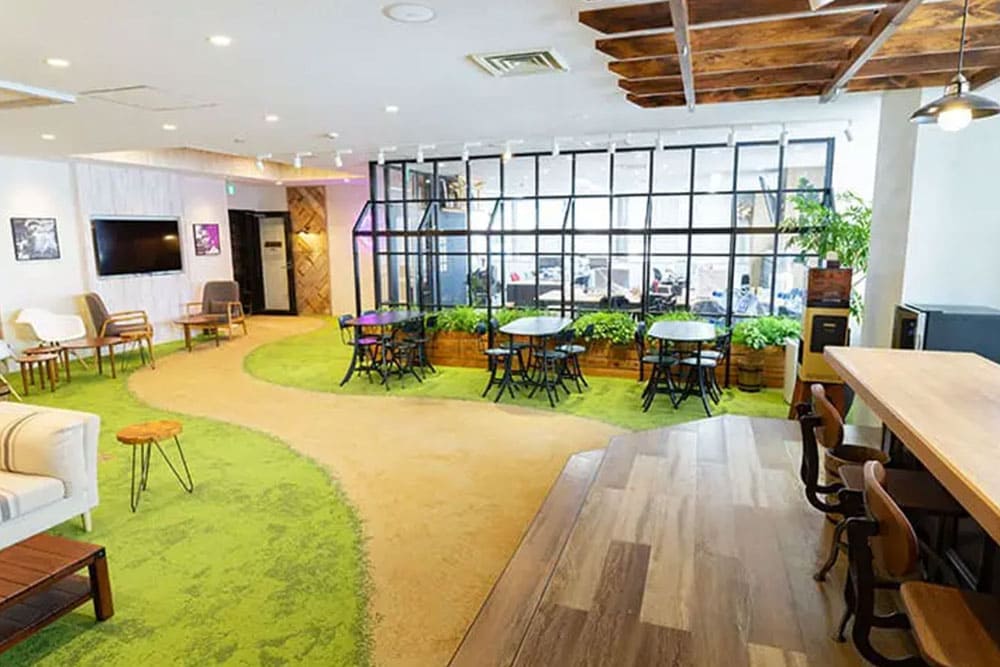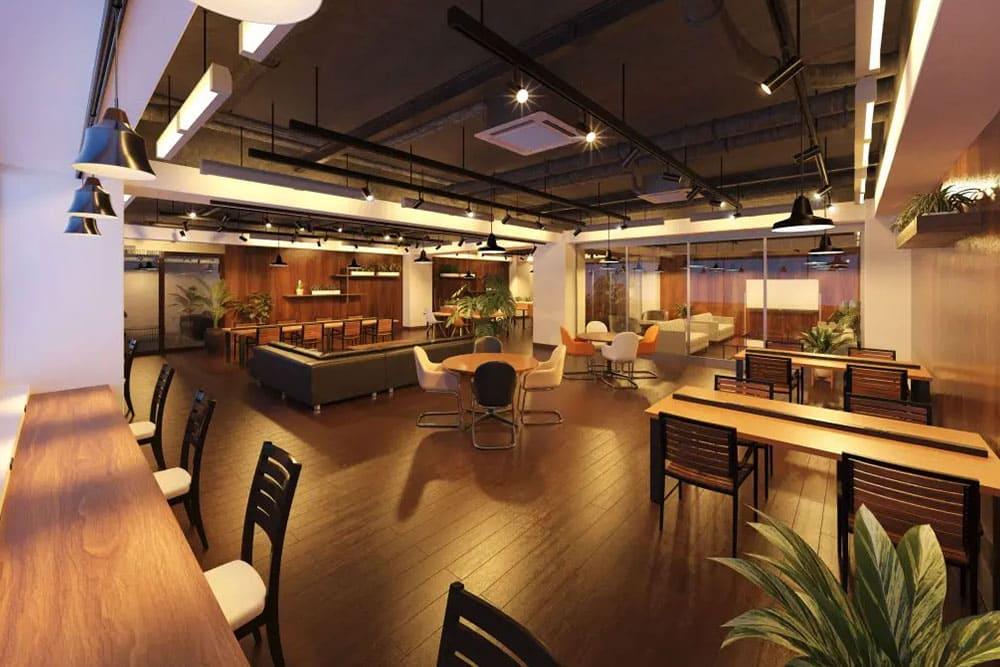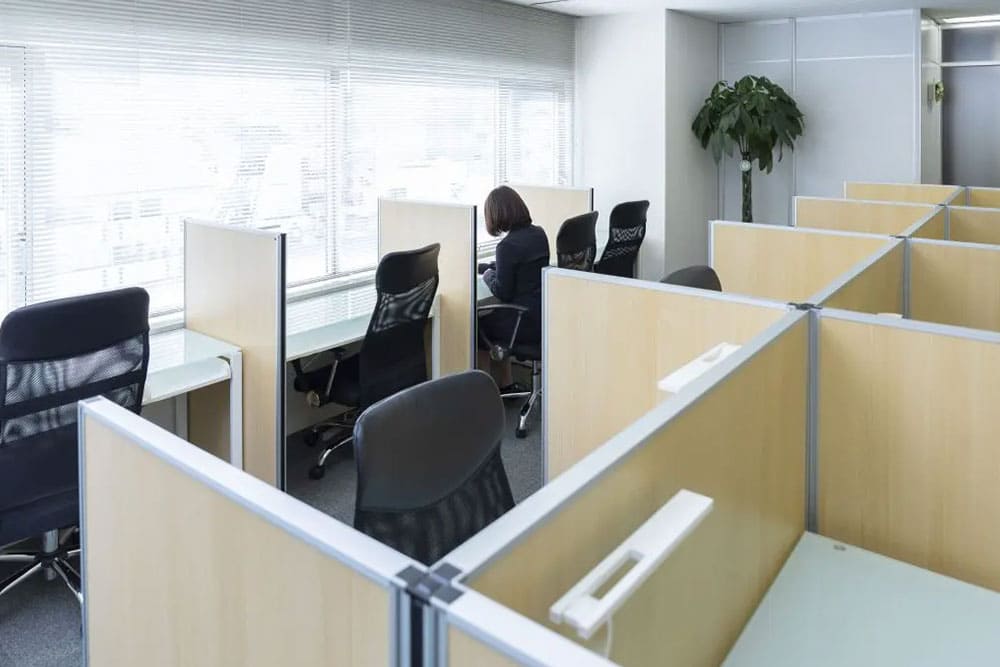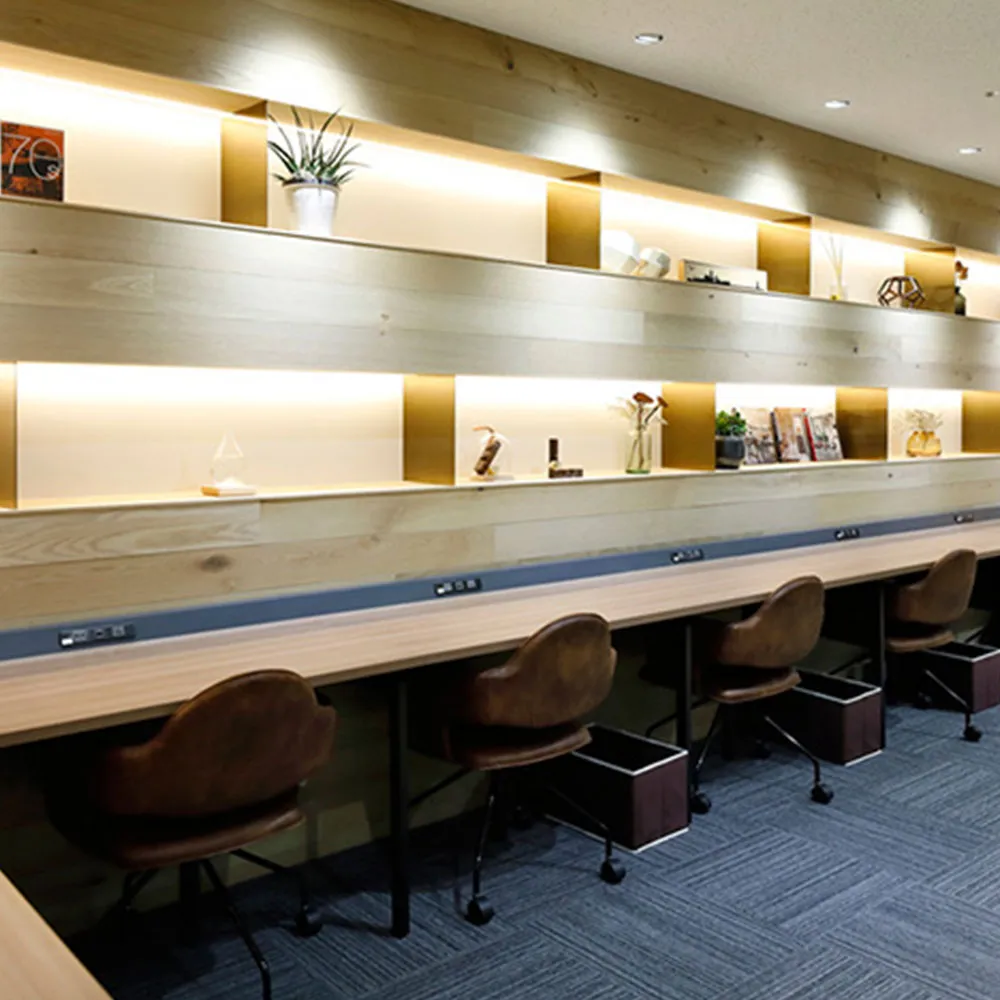What is the difference between a coworking space and a shared office?
Update:2025/8/19

In recent years, many people have begun to utilize coworking spaces and shared offices as a result of reforms in work styles and the spread of teleworking.
When utilizing coworking spaces and shared offices, it is important to understand the characteristics of each and choose the service that best suits your needs.
In this article, we will clarify the differences between coworking spaces and share offices, and thoroughly explain the features, advantages, and disadvantages of each.
Contents
【Tokyo】Search for inexpensive private
serviced offices
Registration available, close to station,
free internet, free meeting rooms,
office furniture available
Coworking spaces and shared offices have the following differences in purpose of use, functions, and fees.
| Features | Functions | Pricing | |
| Coworking space | ・Office space shared by several people (a kind of shared office) ・Emphasis on community building and co-creation | ・Use of workspace ・Shared use of office equipment (desks, wired/wireless LAN environment, multifunction printer/whiteboard, etc.) ・Use of meeting rooms ・Use of kitchen space ・Telephone and fax service when you are not in the office ・Mail forwarding ・Corporate registration(Some services may be paid options) | ・Mostly drop-in courses available on an hourly or daily basis (some facilities also offer monthly usage) ・Market rates range from 500 yen per hour to 2,000 yen per day.*Market rates for drop-in services vary depending on the region, location, and size of the facility. |
| Shared office | ・Multiple people share office space | ・Use of workspace ・Shared use of office equipment (desks, wired and wireless LAN environment, multifunction printer/whiteboard, etc.) ・Use of meeting rooms ・Telephone and fax service when you are not in the office ・Mail forwarding ・Corporate registration(Some services may be optional for a fee) | ・Monthly courses are the mainstream (some facilities offer drop-in services). ・Monthly course fees range from 10,000 yen to 60,000 yen for a fixed seat, and from 5,000 yen to 30,000 yen for a free seat. *Market rates for monthly plans vary by region, facility, and scale. |
Let’s take a closer look at the differences between coworking spaces and shared offices.
What is a coworking space?
First, let us introduce the features, advantages and disadvantages of coworking spaces.
Feature
Coworking space is a generic term for a service where individuals or companies share a single space or facility. The facility has a free-address workspace where you can basically work wherever you want. Many coworking spaces are very open and similar to a café.

The characteristics of a co-working space (Co-Working Space) are very clear when you consider the meaning of the word. The “Co” in coworking refers to co-creation.
From this, coworking spaces are characterized by their emphasis on co-creation and community building with the people who gather there.
Usage fees are generally on a drop-in basis, allowing temporary use of available space. Some facilities are available on a monthly basis.
Coworking spaces, like shared offices described below, are also attractive because they are equipped with the office functions, facilities, and equipment necessary for work.
Advantages
The biggest advantage of using a coworking space is that you can launch a new project with the people you meet there and create a community of like-minded people.
For example, if you want to start a new service using smartphones, you can consult with engineers you meet at the coworking space and get advice or co-create with them.
Also, programmers and engineers who use the same language can share new technologies through study groups, or share problems that arise in the development process.
Disadvantage
Coworking spaces tend to attract people for networking and co-creation.
However, it is not always possible to meet people who share your values.
Depending on the day of the week and time of day, it can be difficult to concentrate on your own work because of the noise of other groups.
Also, many coworking spaces are free-address workspaces, so if there are a lot of people or groups of people hogging a large table, it may be difficult to find a place to work.
【Tokyo】Search for inexpensive private
serviced offices
Registration available, close to station,
free internet, free meeting rooms,
office furniture available
The features and advantages/disadvantages of shared office space are as follows.
Feature
Shared office is a general term for offices where a single facility or space can be shared by individuals or multiple companies. In a broad sense, the coworking space mentioned above is also included in a shared office.
In addition to free-address workspaces that can be freely selected, fixed seats for one person, separated by partitions, are also generally available.

The fee system is mainly based on monthly plans.
Some facilities are available on a drop-in basis. Some shared offices offer monthly contracts for fixed seating, allowing you to keep your equipment and documents in each seat at your disposal.
Advantages
The biggest advantage of using shared office space is that you can greatly reduce the initial start-up costs and office rent. A typical shared office has the following facilities and equipment (available equipment and facilities vary by facility and plan)
- Power supply
- Internet (Wi-Fi / wired)
- MFP (copy/fax/scanner)
- Whiteboards
- Drinks corner
- Microwave oven
- Meeting rooms, etc.
Some shared offices offer paid options such as corporate registration, mail forwarding, and telephone support when the office is not open.
Disadvantage
The first problem with using a shared office is that you may not be able to use the workspace, equipment, or facilities freely because of time conflicts with other users.
For example, if the free seating is extremely crowded that day, you may be forced to work in a different seat or environment than usual.
The second problem is the risk of security and information leakage.
For example, if you use a free-address open space, you need to be careful about handling important documents and personal information entrusted by customers.
Also, if you work outside of your private office, you will need to be careful to keep your materials in your bag, even when you go to the restroom or drink corner.
These disadvantages are common to coworking spaces.
As mentioned earlier, there is no clear distinction between shared offices and coworking spaces in the industry, as there are many overlapping areas in terms of purpose of use and functionality.
However, in the case of coworking spaces, the clientele that uses them is characterized by their suitability for community building and collaboration.
Therefore, for example, if you want to concentrate on daily production or development work, you can use a shared office with a monthly contract and occasionally jump into a coworking space for a drop-in course.
About Serviced Offices
A serviced office is an office style in which a portion of a floor is rented.
While shared offices are suitable for sole proprietors, freelancers, and start-ups, serviced offices are suitable for organizations or companies of 10 people or less.
Because serviced offices are private rooms, you will not be bothered by the noise and bustling voices around you as you would be when using a coworking space. For co-creation with colleagues, meetings can be held in a reception room or conference room.
You can also place your work equipment, making it a good option for companies with many desktop computers and work documents.
For more information on the convenience of renting an office, check out the following article.
Related Article: How do I choose an office for rent? Let’s consider private rooms (for 1 to 10 people), soundproofing, cost, etc.
Summary
Serviced offices, shared offices, and coworking spaces, which have become popular in recent years, each have their own advantages and disadvantages. In order to keep initial costs down and work in a comfortable environment, it is very important to choose a place that suits your working style and requirements.
If you are setting up a company or other business with less than 10 members, consider renting an office, which is less expensive than a typical serviced office.





